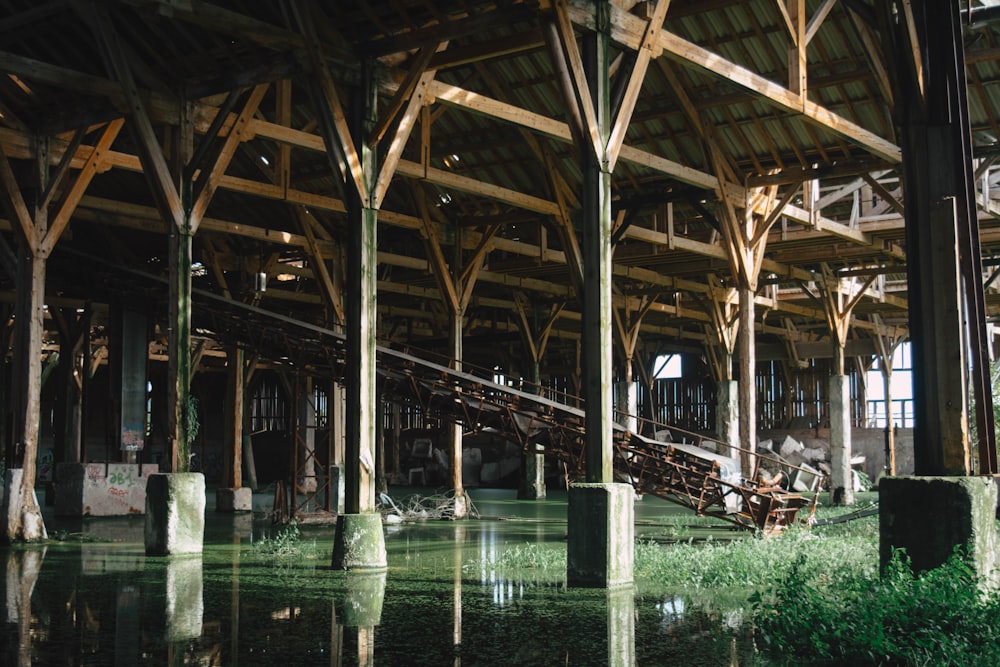Understanding the Impact of a Flooded Carpet
A flooded carpet can wreak havoc on your home, causing damage to flooring, furniture, and belongings, as well as posing health risks due to mold and mildew growth. Understanding the impact of a flooded carpet is essential for taking swift and effective action to mitigate the damage and restore your space to its former condition. Whether the flooding is due to a burst pipe, heavy rain, or a household mishap, addressing the issue promptly is crucial for minimizing long-term consequences.
Assessing the Extent of the Damage
The first step in dealing with a flooded carpet is to assess the extent of the damage. Begin by identifying the source of the flooding and taking immediate steps to stop the flow of water, if possible. Once the water has been contained, carefully inspect the affected area to determine the severity of the damage. Look for signs of water saturation, such as discoloration, swelling, or a musty odor, and assess the condition of the carpet, padding, and subflooring to determine the appropriate course of action.
Removing Standing Water and Drying the Area
After assessing the damage, the next step is to remove any standing water and begin the drying process. Use a wet/dry vacuum or mop to extract as much water as possible from the carpet and surrounding area, taking care to avoid electrical hazards if the flooding occurred near outlets or appliances. Once the standing water has been removed, use fans, dehumidifiers, and air movers to promote air circulation and accelerate the drying process, helping to prevent mold and mildew growth and minimize further damage to the carpet and underlying structures.
Cleaning and Disinfecting the Carpet
Once the area has been thoroughly dried, it’s important to clean and disinfect the carpet to remove any remaining contaminants and prevent the spread of bacteria and mold. Use a carpet cleaner or mild detergent solution to gently scrub the affected areas, paying special attention to any stains or soiled areas. Rinse the carpet thoroughly with clean water and allow it to dry completely before applying a disinfectant solution to kill any remaining germs and bacteria. Be sure to follow manufacturer’s instructions and safety guidelines when using cleaning products and disinfectants to avoid damaging the carpet or exposing yourself to harmful chemicals.
Addressing Mold and Mildew Growth
In cases where mold and mildew have already begun to grow, it’s important to take swift action to address the issue and prevent further spread. Use a mold and mildew remover to treat affected areas, following manufacturer’s instructions carefully to ensure effective treatment. In severe cases, professional mold remediation may be necessary to safely and effectively remove mold and restore the affected area to a clean and healthy condition. Be sure to address any underlying moisture issues to prevent mold and mildew from returning in the future.
Repairing or Replacing Damaged Carpet
Depending on the extent of the damage, it may be necessary to repair or replace the flooded carpet to restore your space to its pre-flood condition. Minor damage, such as stains or discoloration, can often be addressed with professional cleaning and spot treatment techniques. However, more severe damage, such as water saturation or structural damage to the carpet fibers or subflooring, may require replacement of the affected area. Consult with a professional carpet technician to determine the best course of action for repairing or replacing your flooded carpet.
Preventing Future Flooding
Once the immediate damage has been addressed and your space has been restored, it’s important to take steps to prevent future flooding and protect your home from water damage. Regular maintenance, such as inspecting plumbing fixtures, sealing gaps and cracks in the foundation, and installing proper drainage systems, can help prevent water intrusion and reduce the risk of future flooding incidents. Additionally, consider investing in flood insurance to provide financial protection in the event of a future flood or water-related disaster.
Seeking Professional Assistance
Dealing with a flooded carpet can be a daunting task, especially if the damage is extensive or if mold and mildew have begun to grow. In such cases, seeking professional assistance from a reputable water damage restoration company can help ensure that the cleanup and restoration process is handled safely and effectively. Professional technicians have the knowledge, experience, and equipment necessary to assess the extent of the damage, remove standing water, dry the affected area, clean and disinfect the carpet, and address any mold or mildew growth, restoring your space to its pre-flood condition as quickly and efficiently as possible.
Restoring Your Space with Flooded Carpet Solutions
In conclusion, dealing with a flooded carpet requires swift and decisive action to mitigate the damage and restore your space to its former condition. By understanding the impact of a flooded carpet, assessing the extent of the damage, removing standing water, cleaning and disinfecting the carpet, addressing mold and mildew growth, repairing or replacing damaged carpet, preventing future flooding, and seeking professional assistance when needed, you can effectively navigate the challenges of dealing with a flooded carpet and restore your space to a clean, healthy, and safe environment for you and your family.

